DPAA Grants
Organization Grant Amount Purpose
Action Ministries, Covington $ 5,000 Food for general and school programs
Care Closet, Newport 3,000 Diaper assistance program
Care Net Pregnancy 2,500 French-speaking translator
Catholic Charities, Covington 18,000 Enhance/expand school-based mental health program
Community Care of Mason County 5,000 Residential help for those in Mason County
Covington Latin School, Covington 4,000 Transportation for students to attend extra-curricular activities
Cristo Rey Parish, Florence 2,000 Food and clothing for growing number of immigrants
Diocesan Catholic Children’s Home, Ft. Mitchell 7,500 Guardian Angel School specialized, trauma-informed academic support
Divine Mercy Parish, Bellevue
/St. Bernard Parish, Dayton 9,000 Daycare, youth and young adult ministries
Emergency Shelter of NKY, Covington 10,000 Winter cold shelter program/shelter beds year round
Faith Community Pharmacy 9,000 Rural outreach RX program/delivery to 300+ patients
Fiesta, Covington 5,000 General operations and Latino food distribution
FIRE Foundation of NKY 7,500 Diocesan Inclusive Education director
Harrison County Food Pantry 4,500 Purchase food to disperse weekly to families in need
Holy Cross District High School, Latonia 5,000 Spanish instructor/technology upgrades
Holy Cross Elementary School, Latonia 2,500 Music, art, literature and physical fitness classes
Holy Cross Parish, Latonia 5,000 Youth Minister, Communications Director, altar cloths
Holy Trinity School, Bellevue 3,500 Trained medical staff
ION Center for Violence Prevention
(formerly WCC) 2,500 Green Dot and My Space prevention and training programs
Licking Valley Community Action Program 4,000 Tote Program emergency services (rent, fire, utilities)
Life Learning Center, Covington 1,000 Graduation celebration event
Madonna House of NKY, Ft. Mitchell 2,000 Replace old windows and screens
Mary Rose Mission, Florence 2,000 Bike program — tools and parts to fix bikes
Mary, Queen of Heaven School, Erlanger 5,000 Security cameras
Newport Central Catholic High School 2,000 Retreat programs
NKU Catholic Newman Center, Wilder 8,000 SEEK 26 Conference — 20+ students
Notre Dame Urban Education Center, Covington 1,000 Family Support program
Our Savior Parish, Covington 5,000 General operating expenses
Parish Kitchen, Covington 10,000 Food costs
Rose Garden Mission, Covington 3,000 RX for the poor — free medicine
St. Ann Mission, Covington 4,000 Treasures On Earth food pantry
St. Anthony School, Taylor Mill 3,000 Security upgrades
St. Augustine Parish, Augusta 5,500 General operating expense-utility & payroll costs
St. Augustine Parish, Covington 4,500 Upgrade school classrooms
St. Augustine School, Covington 3,500 Part-time art, music, life skills and healthy living teacher
St. Bernard Parish Food Pantry, Dayton 10,000 Utilities and maintenance
St. Catherine of Siena Parish, Ft. Thomas 4,000 Catechesis of the Good Shepherd/Totus Tuus programs
St. Catherine of Siena School, Ft. Thomas 3,500 Pre-school
St. Edward Mission, Owenton 5,000 Replace lights in parish
St. James Parish, Brooksville 5,000 General operating expenses
St. John the Evangelist Parish, Carrollton 5,000 Hispanic ministry parish CCD program
St. John the Evangelist Parish, Covington 3,000 Enhance Mass experience for youth and adults
St. Joseph Academy, Walton 5,000 Replace outside glass doors with safe doors
St. Joseph Parish, Warsaw 4,000 Mold removal from parish hall
St. Patrick Parish, Maysville 3,000 Youth Ministry program
St. Patrick School, Maysville 5,000 Art program and field trips
St. Philip School, Melbourne 5,000 IT teacher, music/art teacher
St. Therese School, Southgate 1,000 Sensory items
St. Vincent de Paul Society, Bracken County 2,000 Freezer shelves
St. Vincent de Paul Society, NKY 5,000 Rent and utility assistance program
Sts. Boniface & James Church, Ludlow 5,000 Maintaining church building spiritual enhancements
Sts. Peter & Paul School, California 3,000 Sufficient, qualified staff/general operating expense
The Angelico Project 3,000 Speakers, candlelight Masses, operations for young adults
Thomas More University, Crestview Hills 8,000 Life and dignity of the person programs
Welcome House, Covington 3,500 Government certificates and bus passes, food pantry
Diocesan Youth Ministry 8,000 TEC retreat/Youth Ministry service day
TOTAL $ 270,000
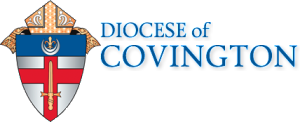
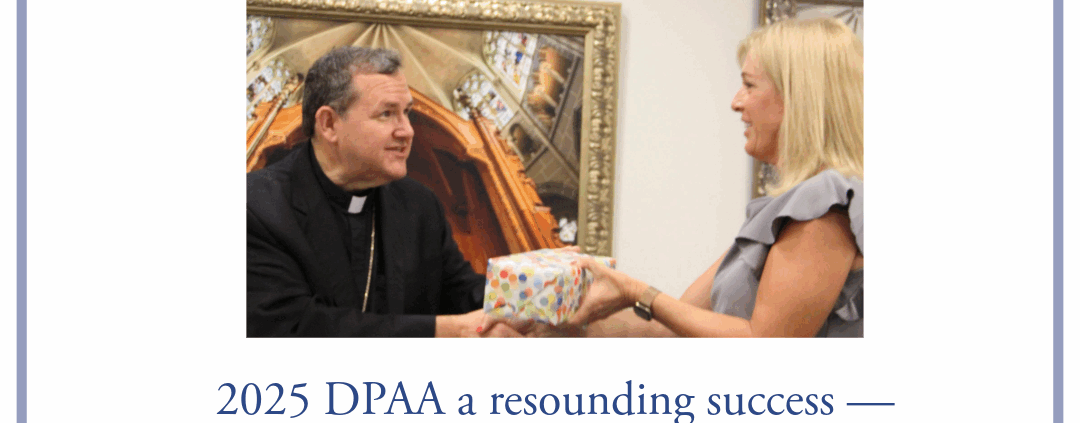
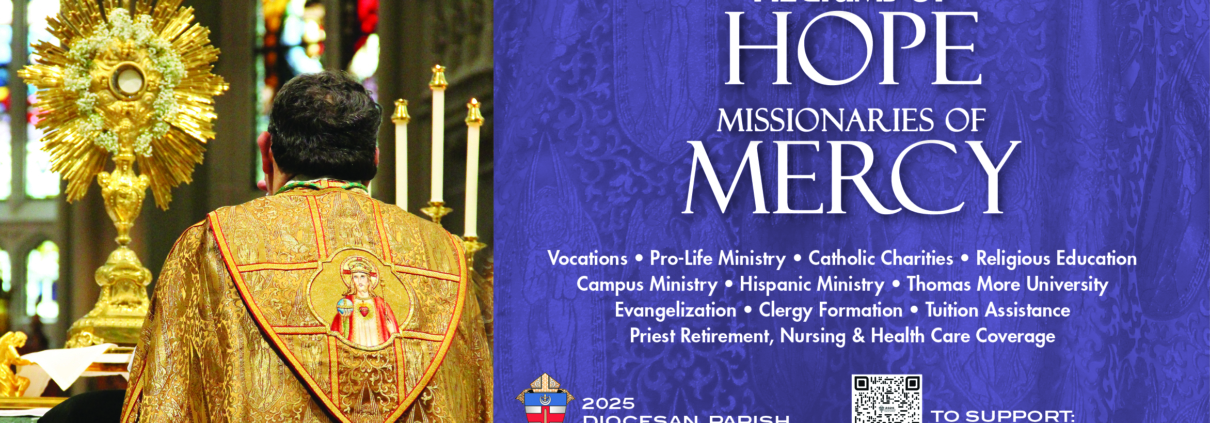

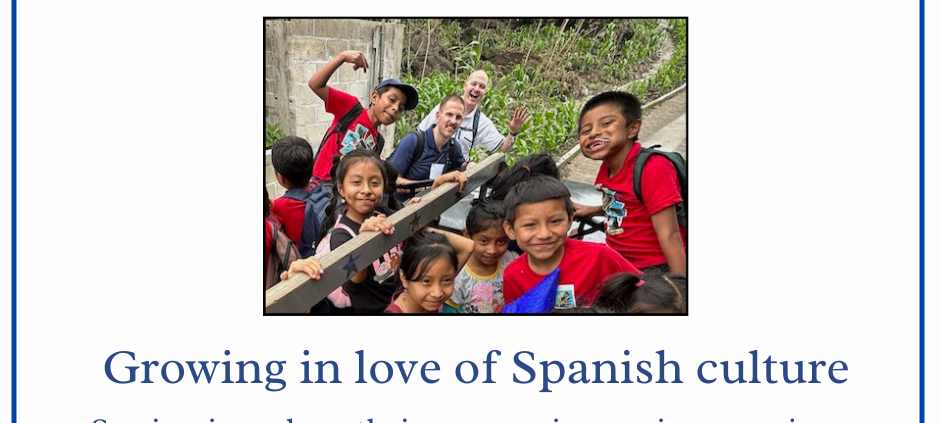
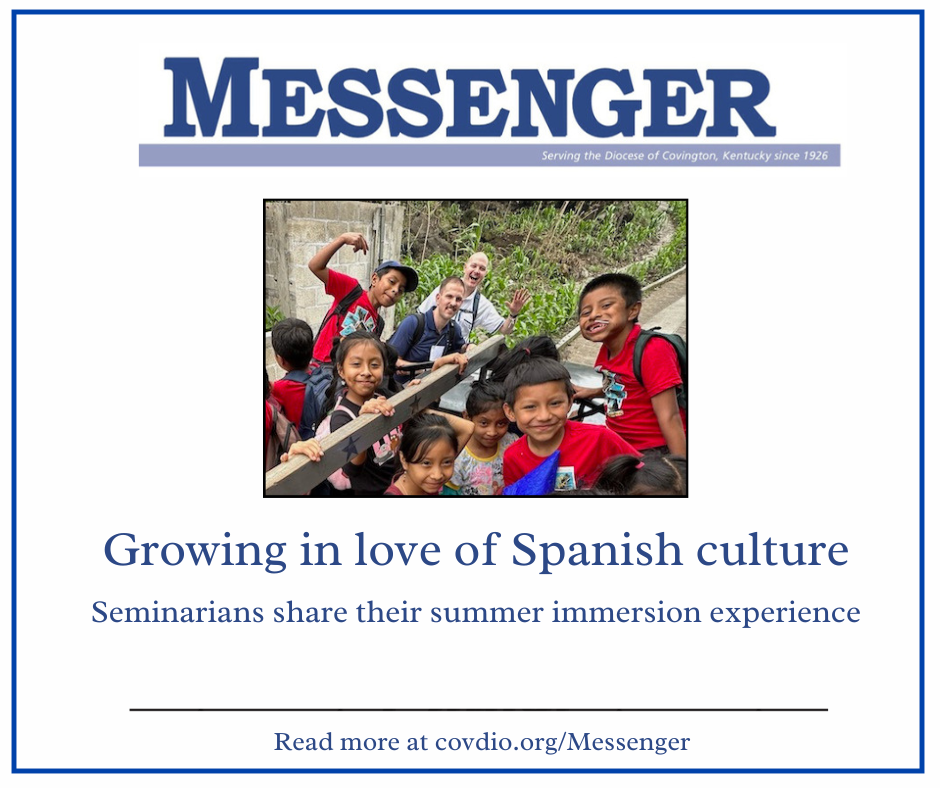
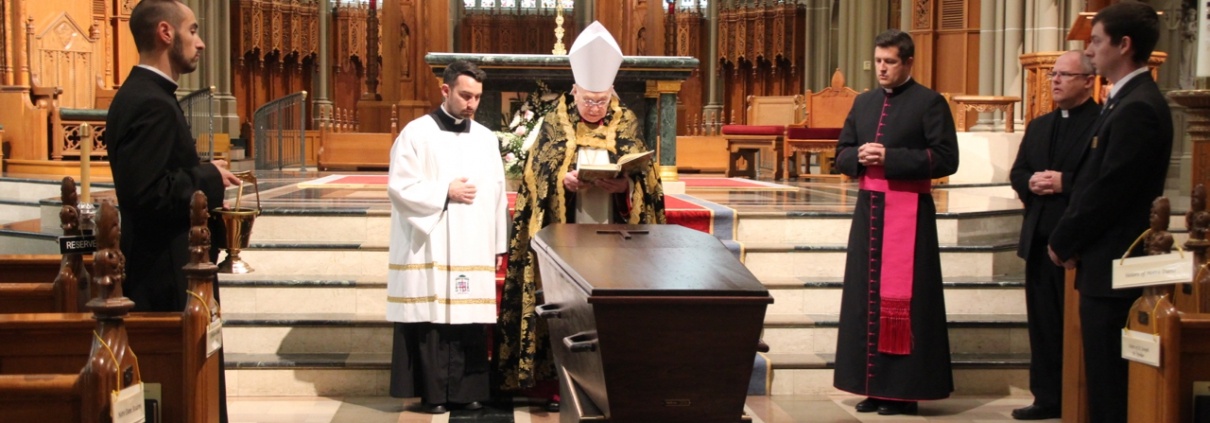
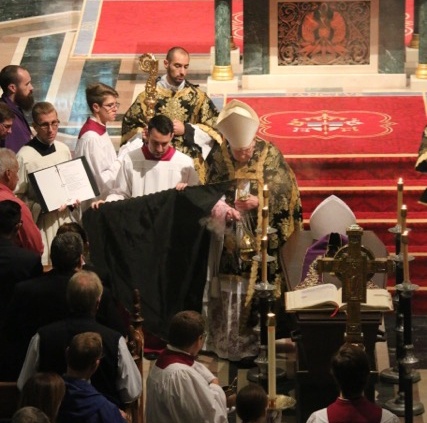
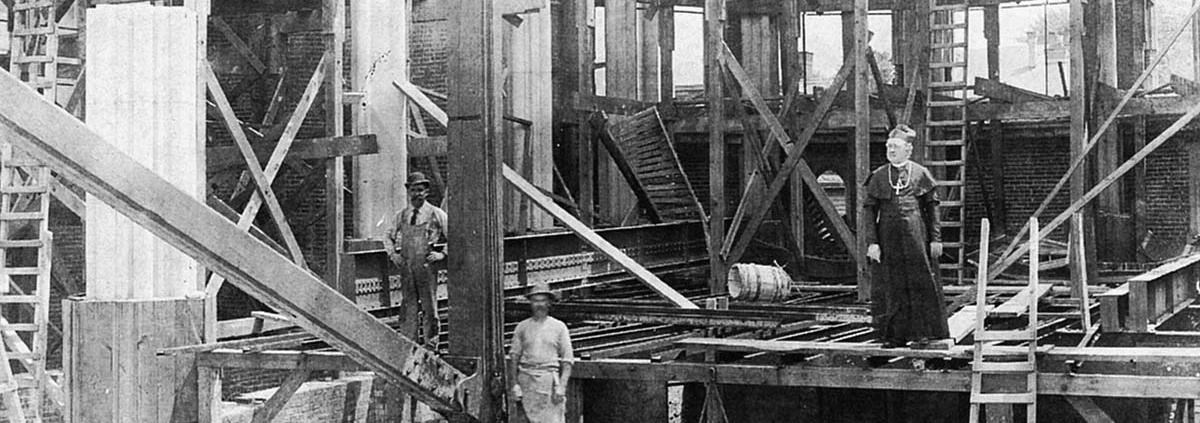
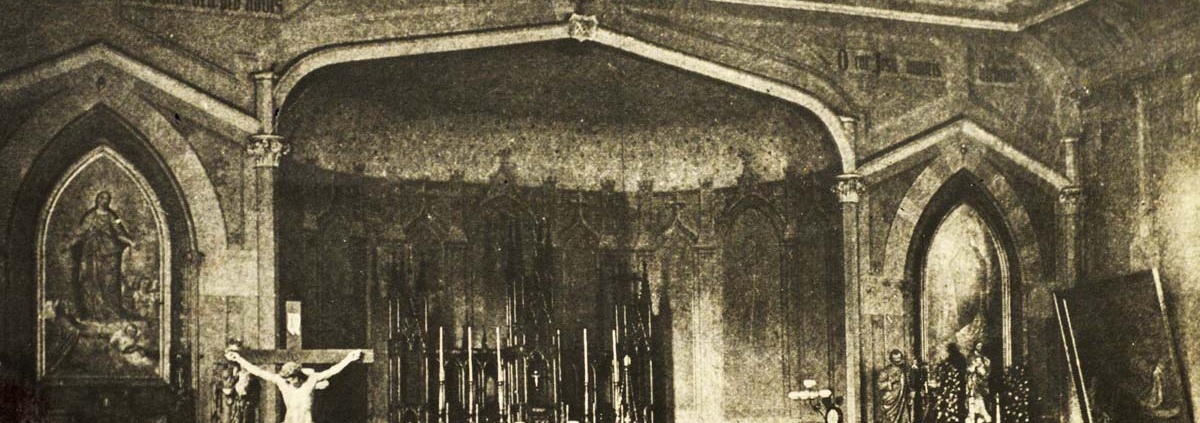
![Artist’s rendition of what the original St. Mary’s Church and White Mansion looked like, based on records and descriptions of the period. Today, private homes occupy the site on the southwest corner of Montgomery Street. [Courtesy of Stephen Enzweiler]](https://covdio.org/wp-content/uploads/2019/09/MaesStory1Photo_03Web-800x423.jpeg)